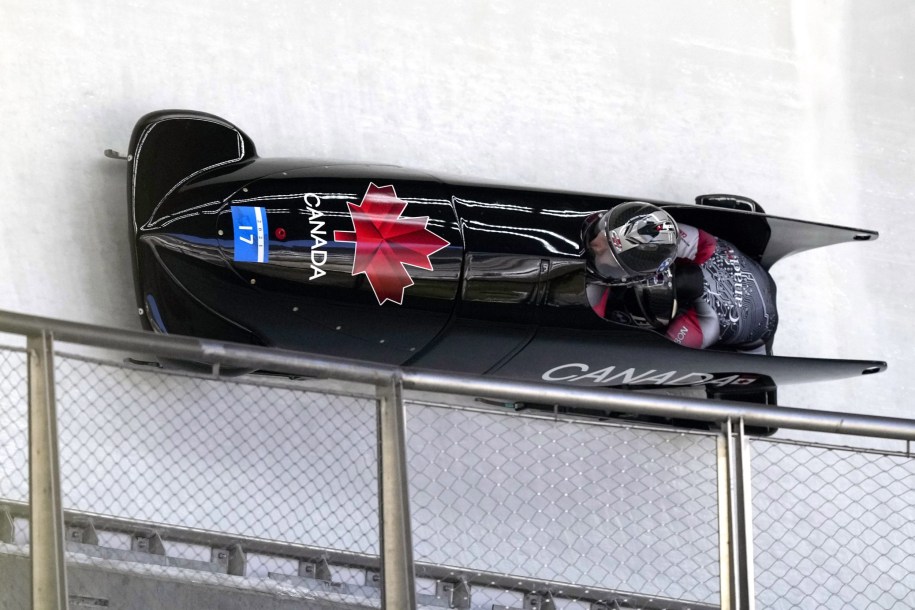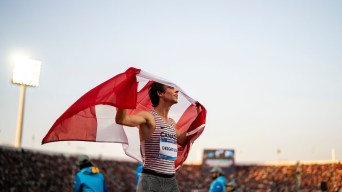Sliding towards Beijing 2022: What to watch in bobsleigh, skeleton and luge
Bobsleigh, skeleton and luge are some of the most exciting Winter Olympic sports.
What’s not enthralling about watching athletes navigate their way through more than a dozen curves as they travel down a track of ice at speeds faster than you’re allowed drive on the biggest highways in the country?
Here’s a quick look at the Team Canada talent in all three sliding sports and what you’ll want to keep an eye on as you cheer them on during the last few months on the road to Beijing 2022.
Bobsleigh
Olympic Qualification Status
The Olympic qualification window will close on January 16, 2022, taking into account results achieved during the 2021-22 season (up to a maximum of seven races) on the World Cup, Europe Cup and North American Cup circuits. When the IBSF Ranking Lists are published, NOCs will learn how many sleds they can send to the start line in each of the four events at Beijing 2022, up to a maximum of three sleds in the four-man, two-man and two-woman events and up to two sleds in the women’s monobob.
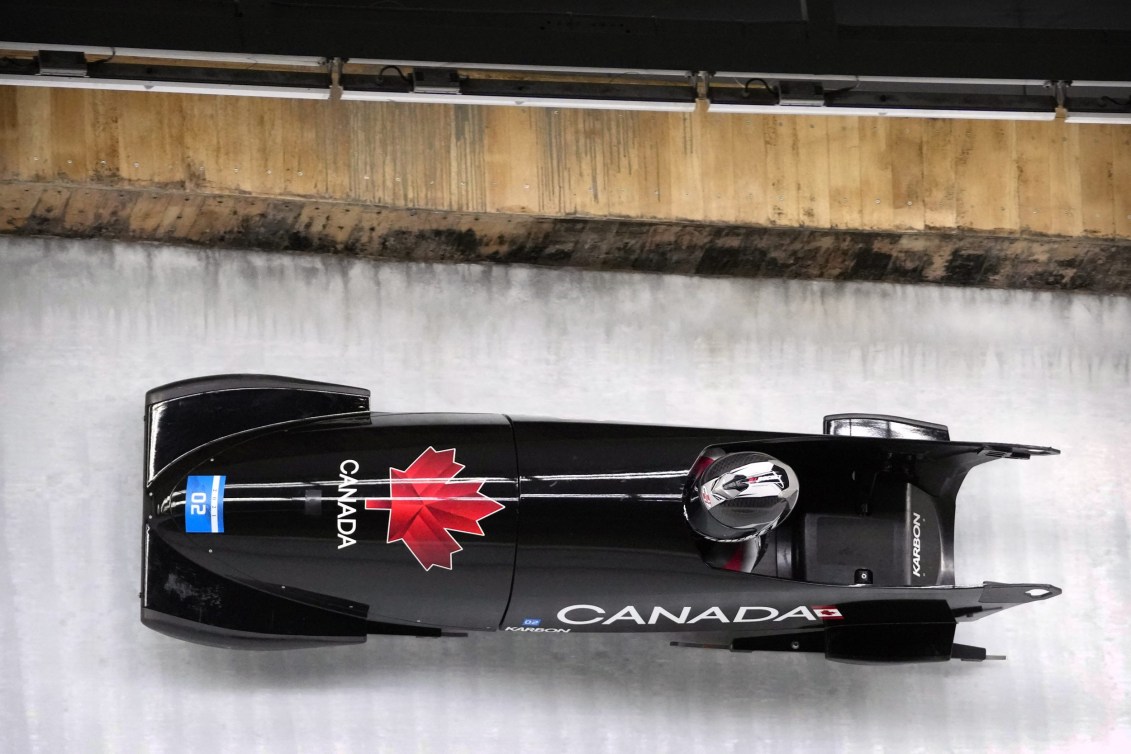
Athletes to Watch
Canadian bobsledders head into the IBSF World Cup season off some strong results at the official test event of the Olympic track at the Yanqing National Sliding Centre.
In the women’s monobob, an event that will make its Olympic debut at Beijing 2022, Cynthia Appiah won the bronze medal, just ahead of teammate Christine de Bruin. In the two-woman event, it was De Bruin who reached the podium with brakewoman Kristen Bujnowski. That duo has enjoyed great international success over the last few years, including back-to-back bronze medals at the 2019 and 2020 IBSF World Championships. They reunited at the test event after Bujnowski missed competing in 2020-21 while nursing an injury.
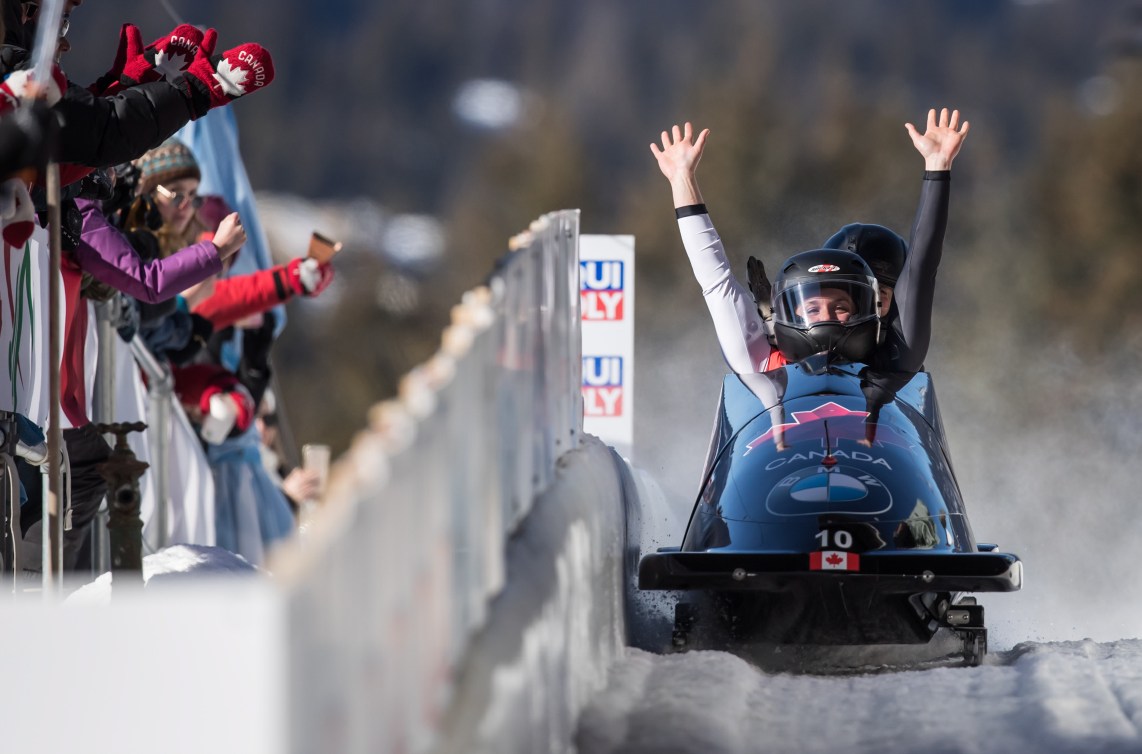
READ: Cynthia Appiah: A desire to be not just the best, but also the best representation
Appiah raced with Dawn Richardson Wilson in the two-woman sled at the test event where they finished seventh, one spot behind Melissa Lotholz and Erica Voss. Appiah and Lotholz have both transitioned from brakewoman to pilot since PyeongChang 2018. Appiah was Canada’s top pilot in the women’s monobob and two-woman events at the 2021 World Championships, but it was Lotholz who became Canada’s first ever monobob medallist at the World Cup level last season. Sara Villani and Niamh Haughey will also get their share of time on the brakes during the World Cup.
On the men’s side, Justin Kripps posted fourth-place finishes in both the two-man and four-man events at the test event. Kripps memorably tied for two-man gold at PyeongChang 2018 with brakeman Alex Kopacz, who is no longer active. Kripps won two-man and four-man medals at the 2019 World Championships and owns 33 World Cup medals from both events heading into this season. Since 2019, Cam Stones has been a key member of Kripps’ crew, pushing him in both the two-man and four-man events. Team Kripps will also include Ben Coakwell and Ryan Sommer.
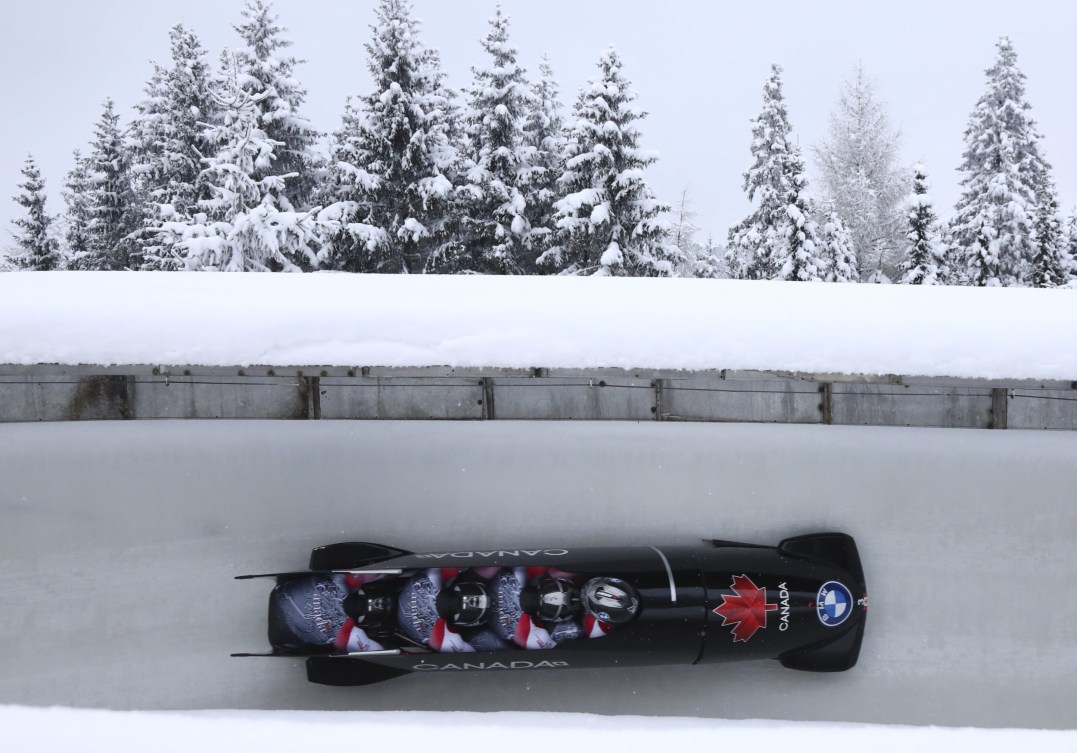
Christopher Spring returned to the World Cup circuit last season after taking the 2019-20 season off to give his body a chance to recover and, at the same time, learn to pilot planes as well as bobsleds. Spring is also no stranger to success, with multiple World Cup medals to his credit over the years. He’ll be driving a four-man sled that’s been in the winner’s circle many times before. Spring purchased his new ride from German Francesco Friedrich, who won gold at PyeongChang 2018 as well as the 2019 and 2020 World Championships. His crew includes Sochi 2014 Olympian Cody Sorensen, who has returned to the sport after an eight-year hiatus, as well as Mike Evelyn and former CFL player Sam Giguere.
Schedule Highlights
The IBSF World Cup circuit will take place exclusively in Europe, starting with back-to-back weekends in Innsbruck on November 20-21 and November 27-28. From there, teams head to Germany, first to Altenberg (December 4-5) and then Winterberg (December 11-12) before returning to Altenberg (December 18-19).
Then it’s off to Sigulda, Latvia (January 1-2) before another trip to Winterberg (January 8-9). The Olympic qualification period concludes on the world’s only natural ice bobsleigh track in St. Moritz (January 15-16). All race weekends feature the four-man, two-man and two-woman events except for Sigulda where the two-man will be contested twice in place of a four-man.
Women’s monobob has its own separate World Series, however each of those World Cup stops will include a Women’s Monobob World Series race.
Skeleton
Olympic Qualification Status
The Olympic qualification window will close on January 16, 2022, taking into account results achieved during the 2021-22 season (up to a maximum of seven races) on the World Cup, Intercontinental Cup, Europe Cup and North American Cup circuits. When the IBSF Ranking Lists are published, NOCs will learn how many sleds they can send to the start line in each of the men’s and women’s events, up to a maximum of three per gender.
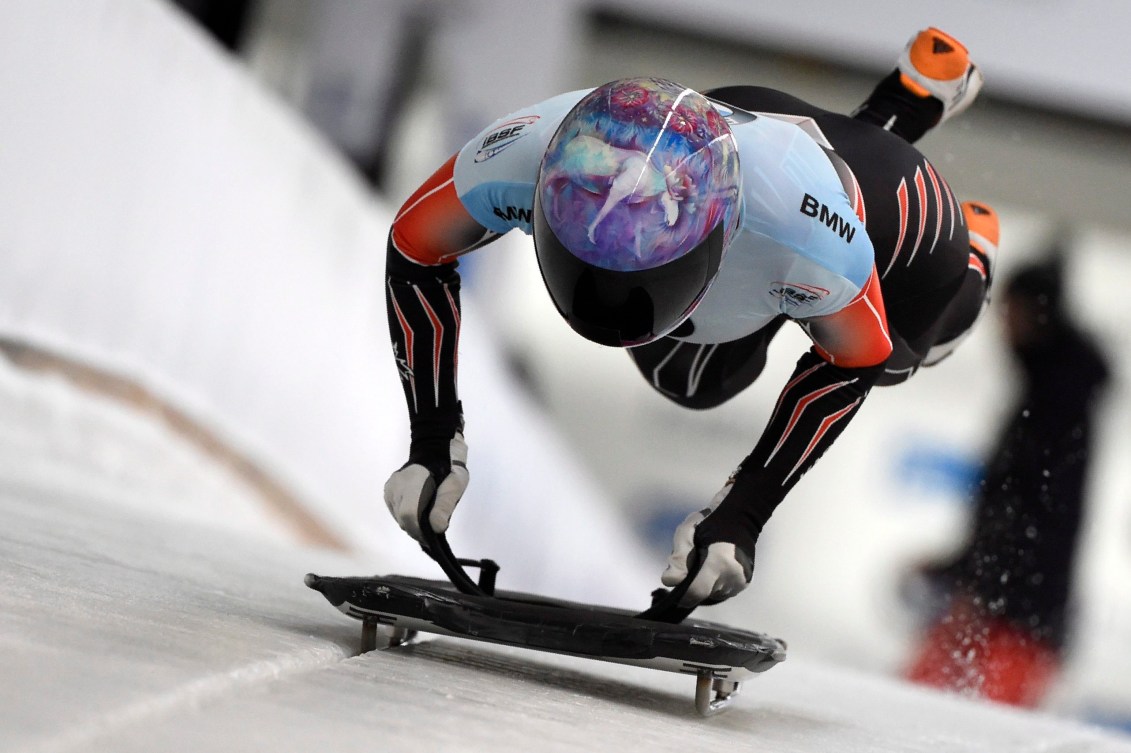
Athletes to Watch
Headlining for Canada on the World Cup circuit will be Olympians Jane Channell and Mirela Rahneva. Channell entered just one World Cup race last season but made it count as she won the bronze medal in Königssee. That was the fourth World Cup podium of her career. Channell was also the top Canadian at the 2021 World Championships where she finished eighth.
Rahneva is making her return to competition after missing last season due to a back injury. She has finished third in the overall World Cup standings twice, most recently in 2018-19, and owns nine World Cup medals, including three gold.
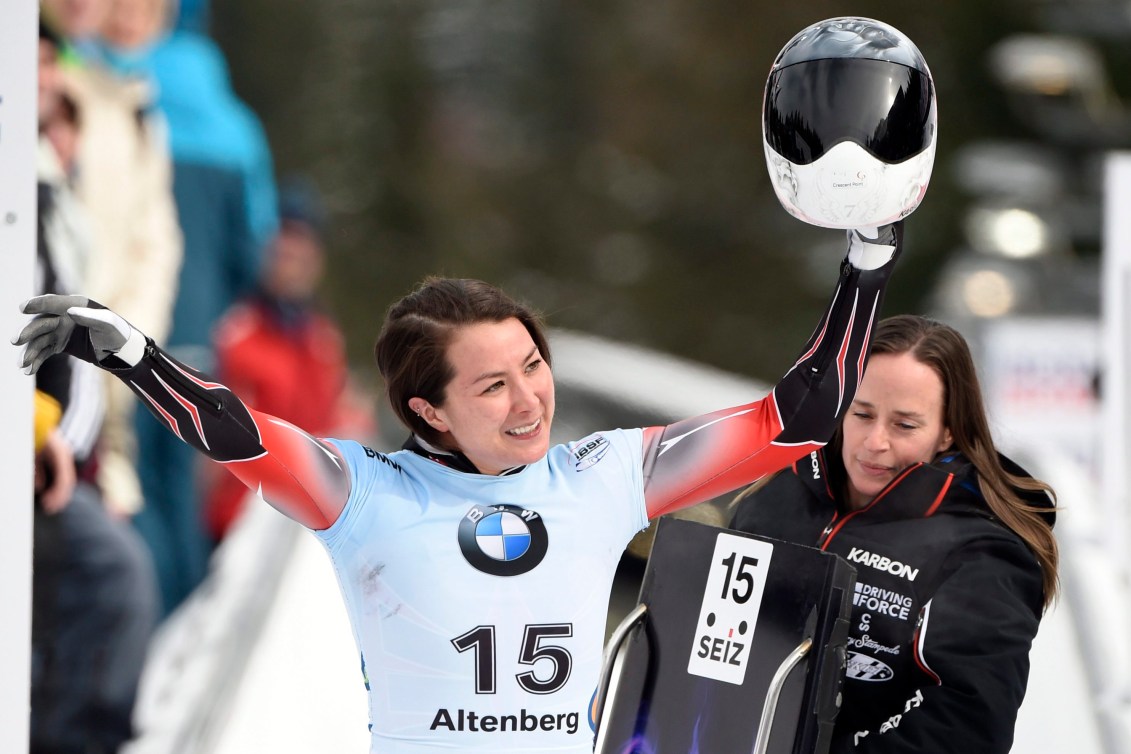
For at least the first part of the season, Canada’s lone man on the skeleton World Cup circuit will be Mark Lynch. The 33-year-old competed in his first World Cup events this past January after graduating from the Intercontinental Cup circuit. Though he’s lived in various parts of the country, he calls St. John’s, Newfoundland home.
Among those looking to earn their way onto the World Cup from one of the lower circuits is Evan Neufeldt, who finished first at the national team selection event in early November, but hasn’t competed internationally since 2018. Diagnosed with epilepsy a couple of years ago, he spent 2020 recovering from a broken neck sustained when he fell out of hospital bed while having a seizure. The rest of the women’s senior national team includes 17-year-old Hallie Clark, who won the Canadian women’s selection event, and Madison Charney while 20-year-old Blake Enzie and Kyle Murray round out the men’s team.
Schedule Highlights
The IBSF World Cup circuit will travel to the same tracks as bobsleigh, with the skeleton competitions taking place the day prior. That means you’ll want to be watching November 19 and 26 in Innsbruck, December 3 in Altenberg, December 10 in Winterberg, December 17 in Altenberg, December 31 in Sigulda, January 7 in Winterberg, and January 14 in St. Moritz.
Luge
Olympic Qualification Status
The Olympic qualification window will close on January 10, 2022. At that time, quotas will be allocated to NOCs based on the Olympic Season World Cup Ranking Lists for the men’s singles, women’s singles, and doubles events. There can be a maximum of three men’s sleds, three women’s sleds and two doubles sleds per country.
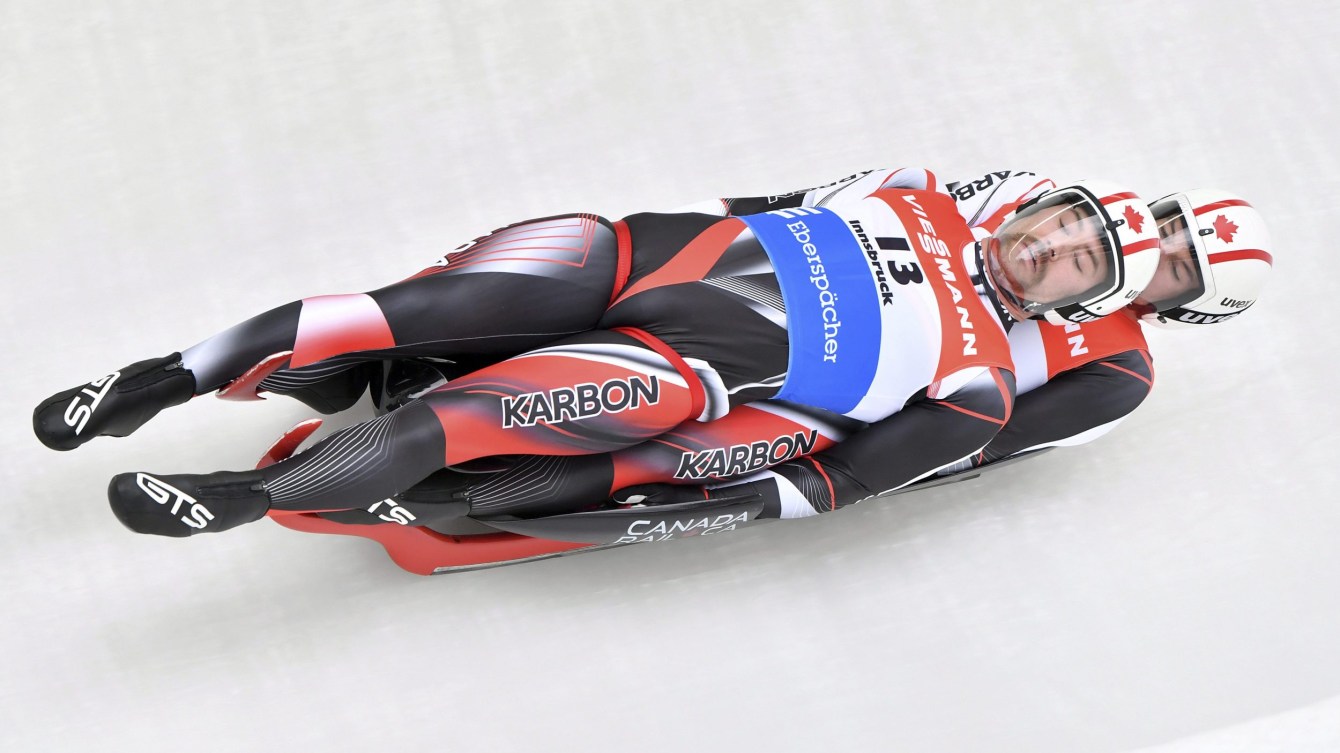
Athletes to Watch
The Canadian World Cup team will be led by doubles tandem Tristan Walker and Justin Snith, who were part of Canada’s historic silver medal in the team relay at PyeongChang 2018. They’ve also posted consecutive top-five finishes in the doubles event in their last two Olympic appearances.
The only teammate with Olympic experience joining them on the World Cup circuit is Reid Watts, who will be Canada’s only World Cup entrant in the men’s singles event. Still just 22, Watts won bronze at the 2016 Winter Youth Olympic Games.
Walker and Snith will have the opportunity to play a mentor role for Cole Zajanski and Devin Wardrope, who are embarking on their first full World Cup season after making one start in 2020. The three-time Olympians were just about the same age as the rookie doubles duo when they qualified for their first Olympic team over a decade ago.
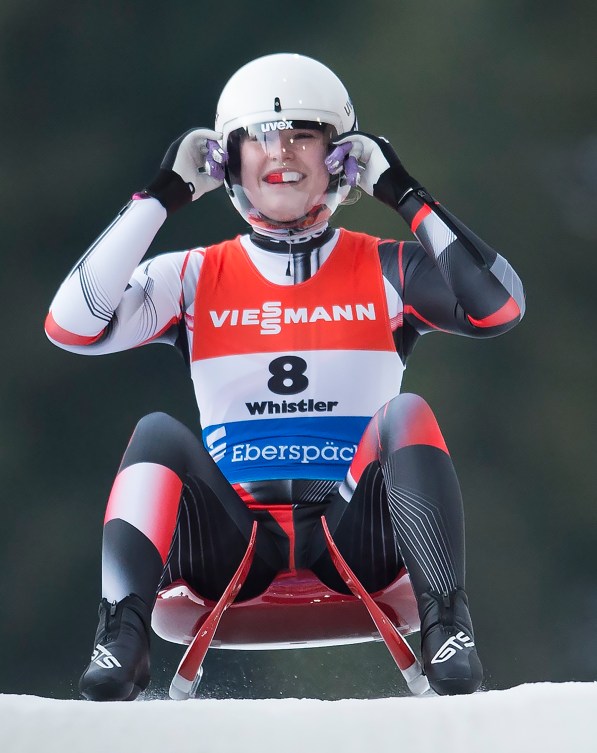
Canada will have four women’s singles competitors on the World Cup circuit. Trinity Ellis may be just 19 but is heading into her third World Cup season where she will be joined by reigning Canadian champion Makena Hodgson and a couple of World Cup rookies, Kailey Allan and Natalie Corless. Corless has switched into singles after making history with Caitlin Nash in 2019 as the first women to compete in a World Cup doubles race against men.
Schedule Highlights
There will be nine pre-Olympic FIL World Cup stops, starting November 20-21 at the Yanqing National Sliding Centre. Lugers will have their first chance to compete on the Olympic track following an official period of international training at the new venue. Then teams will head to Sochi, Russia for back-to-back weeks (November 27-28 and December 4-5) before traveling to Altenberg, Germany (December 11-12) and Innsbruck, Austria (December 18-19).
After a brief holiday break, the circuit resumes in Winterberg, Germany (January 1-2) and then moves to Sigulda, Latvia (January 8-9) and Oberhof, Germany (January 15-16) before concluding in St. Moritz, Switzerland (January 22-23).

